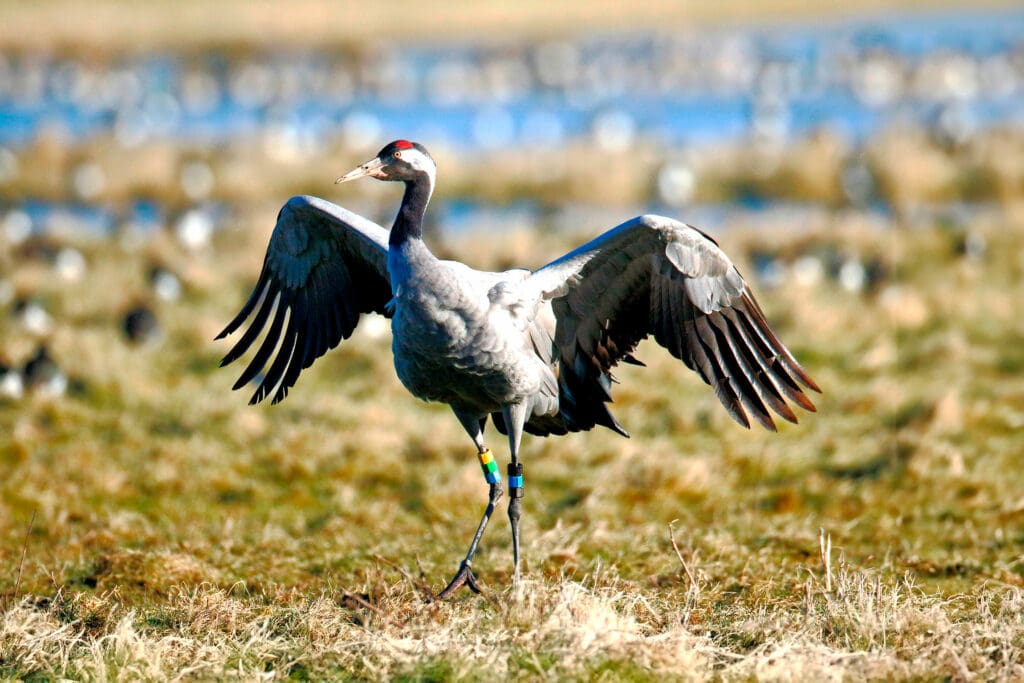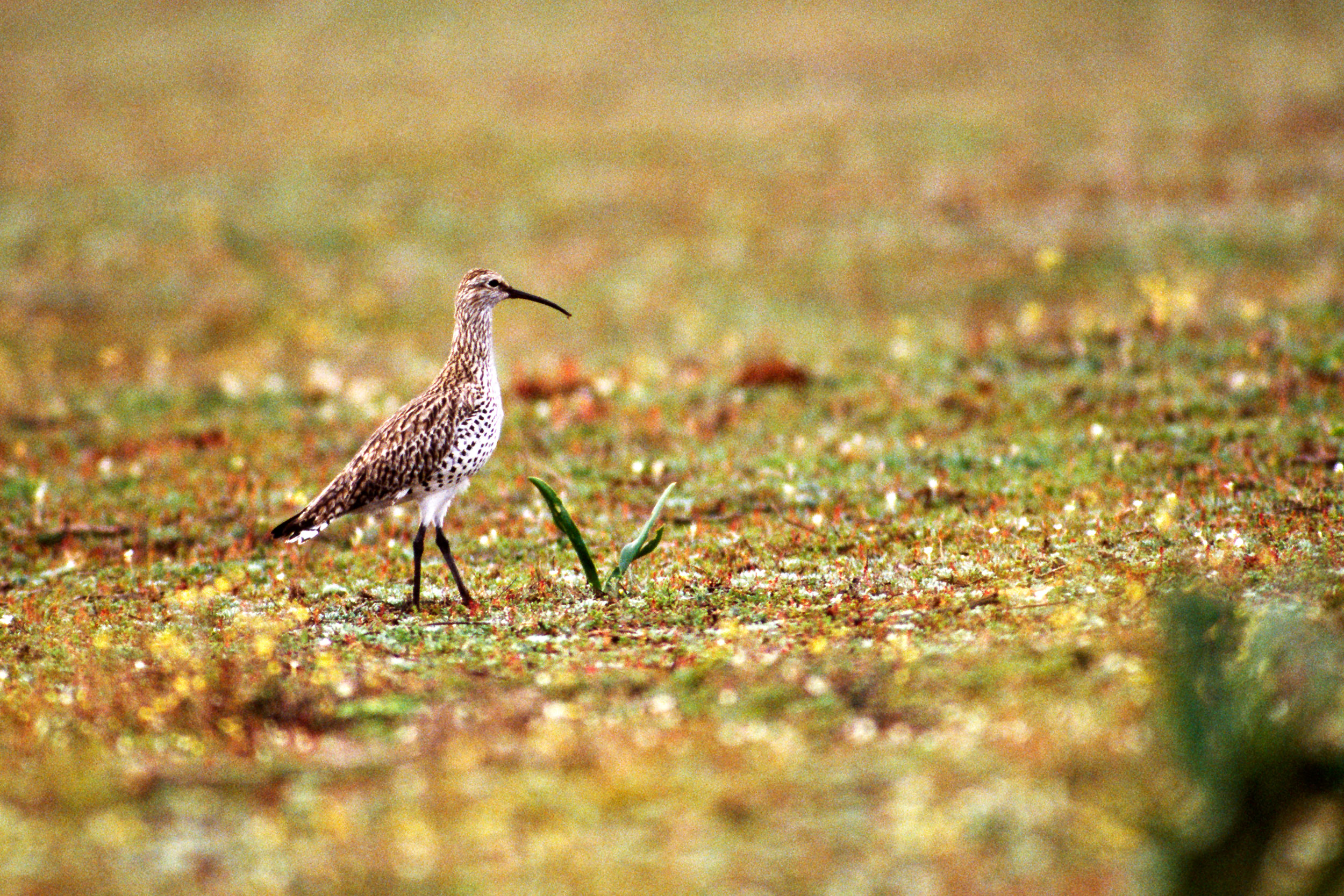RSPB scientists, along with partners, have sadly confirmed what is likely the first bird extinction in mainland Europe since the 16th century. It’s also the first known global extinction of a bird from mainland Europe, North Africa and West Asia.
The Slender-billed Curlew, a close relative of the UK’s Eurasian Curlew, was a wader that bred in western Siberia and migrated to the Mediterranean.
Data-driven discovery
Despite multiple efforts to find the bird over several decades, the last irrefutable sighting of the Slender-billed Curlew was in 1995.
Statistical analysis reveals a 99.6% chance that no individuals survive, and that the species likely became extinct around the time of the bird’s last sighting.
This finding was published in the journal IBIS by scientists from the RSPB, BirdLife International (UK), Naturalis Biodiversity Centre (The Netherlands) and Natural History Museum, London. The paper used objective statistical analysis of threats to the species, as well as a database of records form museums and sightings, to determine the likelihood of extinction.
A formal declaration
At the time of writing, the IUCN Red List is yet to formally declare the extinction of the Slender-billed Curlew.
“Declaring a species extinct is not something that is done lightly,” explains Graeme Buchanan, Head of International Conservation Science at the RSPB. “The IUCN, which makes the ultimate decision on extinction for the Red List of Threatened Species, needs full details of the status of a species before doing so. It is now up to IUCN to make the decision on the status of the species.”
“It’s important that it’s not done too soon, as this could lead to the removal of conservation efforts when they may still be beneficial; however, prolonged investment in an already extinct species could be a waste of limited resources.”
Currently, only 164 bird species are recognised as extinct by the IUCN Red List. BirdLife International, the global Red List Authority for birds, has assessed the conservation status of over 11,000 species.
Look to the future
“This is one of the most fundamentally devastating stories to come out of nature conservation in a century and gets to the very heart of why the RSPB and BirdLife Partnership are doing what we do; that is, ultimately, to prevent extinction of species,” says Nicola Crockford, Principal Policy Officer at the RSPB.
This highlights the importance of conservation work with similar birds such as the Eurasian Curlew, the Black-tailed Godwit and other migratory shorebirds of conservation concern.
We’re currently working to protect threatened Eurasian Curlew in Northern Ireland. Video: @RSPBvideo

Volunteer with us
There’s an RSPB volunteering opportunity for everyone. You don’t need to know a Wren from a Robin, or have lots of hours to spare – all are welcome in the fight to save nature. Explore the volunteering page by clicking the button below.
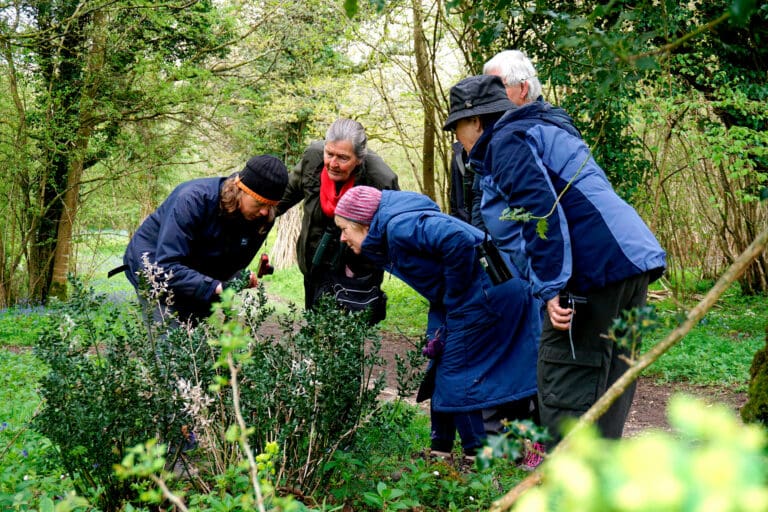
Get hands on at RSPB nature reserves. Photo: Patrick Cashman (rspb-images.com)
You might also like
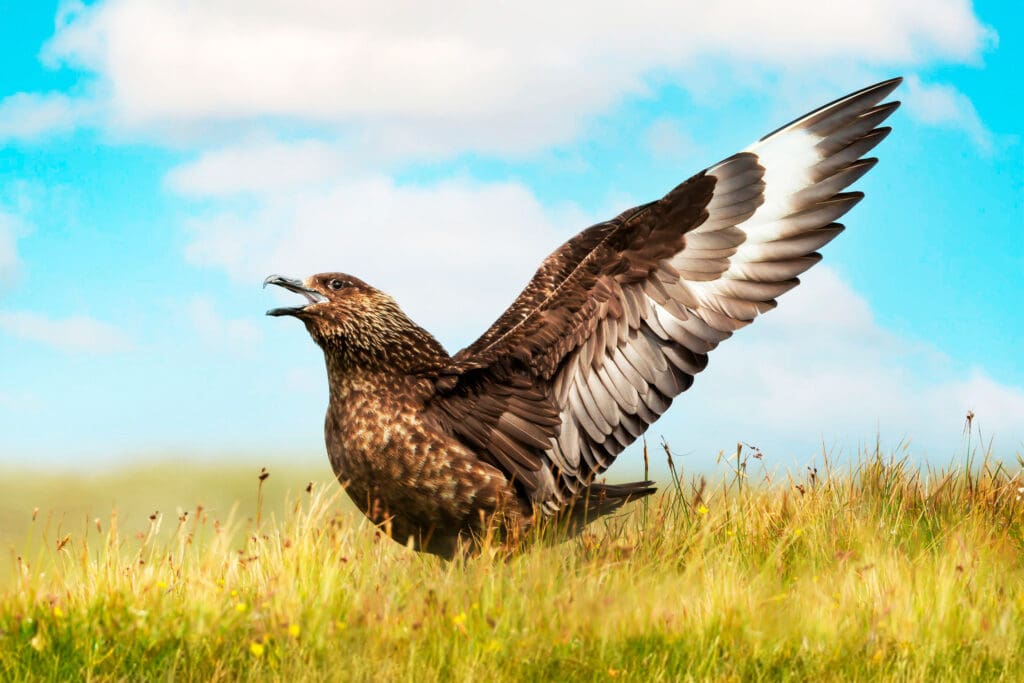
Red alert for seabirds
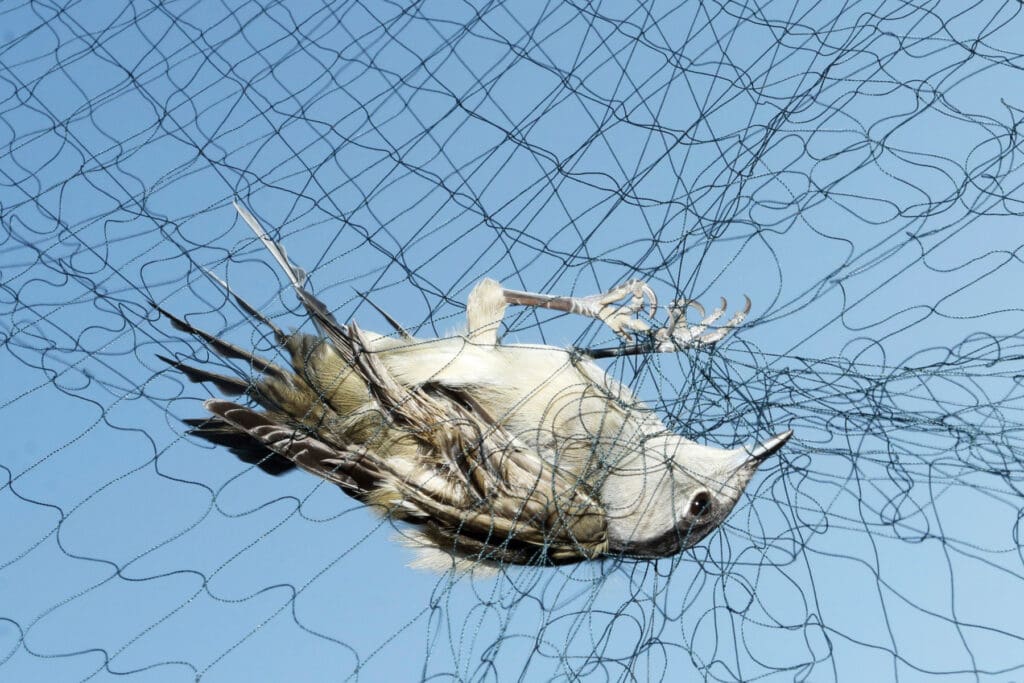
Illegal Cyprus bird deaths jump
